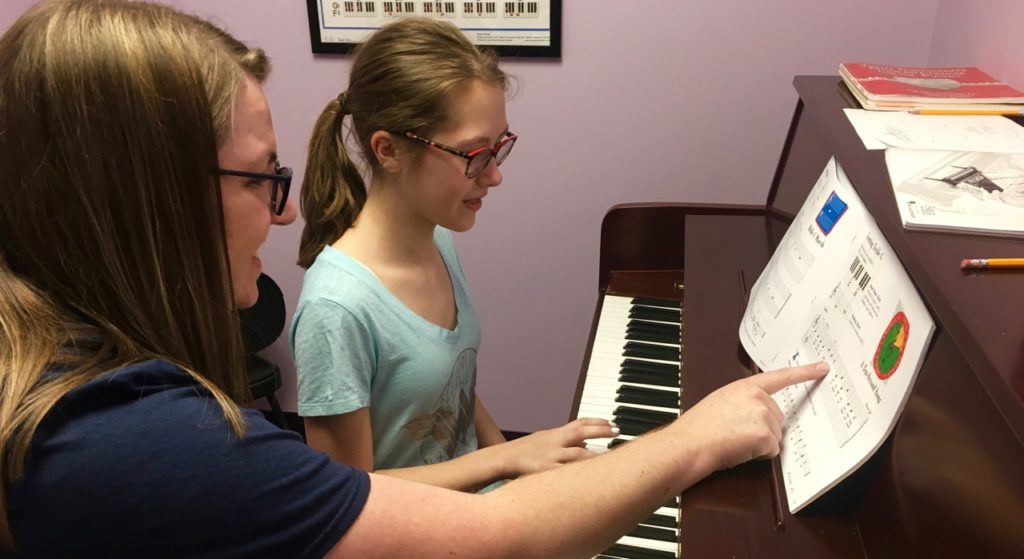
Practicing the piano is an essential part of learning how to play the instrument. However, sometimes life gets in the way, and you may find yourself without access to a piano for an extended period of time. Maybe you’re traveling, or perhaps you don’t have the space or finances to purchase a piano of your own. Whatever the reason, there are still ways to continue practicing your piano skills even when you don’t have a piano. In this article, we’ll explore some tips and techniques for practicing piano when you don’t have access to an instrument.
Visualize the piano
One of the most effective ways to practice piano without a piano is to visualize the instrument in your mind. Close your eyes and imagine yourself sitting in front of the keys, feeling the weight of your fingers on the keys and hearing the sound of the notes in your head. You can visualize playing scales, chords, and even your favorite pieces of music. This technique can help you maintain your muscle memory and keep your fingers nimble, even when you’re not physically playing the piano.
Practice finger exercises
Another way to keep your fingers in shape when you don’t have a piano is to practice finger exercises. These exercises can help you build finger strength, improve your dexterity, and maintain your muscle memory. One simple exercise is to practice tapping your fingers on a table or other surface in a rhythmic pattern. You can also practice finger stretches by holding your hands in front of you and spreading your fingers as far apart as possible, then bringing them back together.
Use a virtual piano
In today’s digital age, there are many virtual piano apps and websites available that allow you to practice playing the piano without actually having a physical instrument. These apps and websites typically feature a keyboard layout that you can use to play notes, scales, and chords. Some virtual pianos even have sound effects that mimic the sound of a real piano. Using a virtual piano can be a great way to continue practicing your piano skills when you don’t have access to a physical instrument.
Practice rhythm exercises
Rhythm is an essential part of playing the piano, and it’s something that you can practice even when you don’t have a piano. You can practice clapping or tapping out rhythms with your hands or feet, or even using everyday objects like pencils or spoons. You can also practice counting rhythms out loud, focusing on the different note values and their corresponding lengths.
Sing the melody
If you’re working on a particular piece of music, you can practice the melody by singing it out loud. This can help you internalize the melody and get a better sense of how the notes fit together. You can also practice singing the melody in different keys, which can help you develop your ear training and improve your ability to recognize different intervals.
Listen to recordings
Listening to recordings of piano music can be an excellent way to continue learning and practicing the piano when you don’t have access to a physical instrument. You can listen to recordings of your favorite pianists, paying close attention to their technique, phrasing, and interpretation. You can also listen to recordings of the pieces of music you’re working on, focusing on the dynamics, tempo, and other musical elements.
Study music theory
Music theory is the study of the elements of music, including rhythm, harmony, melody, and form. Studying music theory can be an excellent way to deepen your understanding of the piano and improve your overall musicianship. You can read books or watch videos about music theory, or even take an online course. Learning music theory can also help you develop your composition and improvisation skills, allowing you to create your own music even when you don’t have a piano to play.


